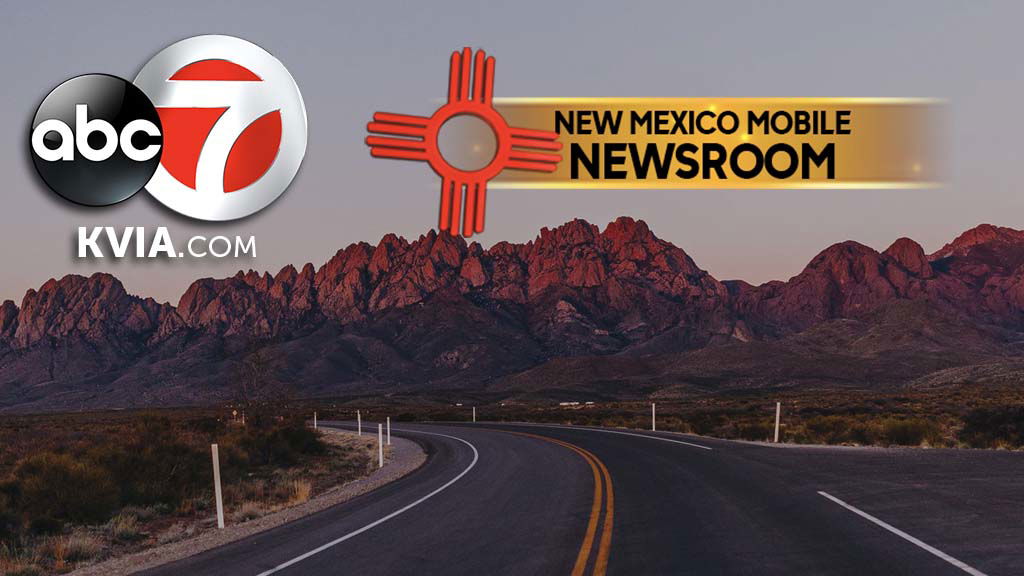Navajos narrow list of 15 presidential hopefuls in primary

By FELICIA FONSECA
Associated Press
FLAGSTAFF, Ariz. (AP) — Natalia Sells has a list of qualities she wants to see in the next Navajo Nation president: Approachable. Adaptable. Inspiring. Someone who upholds traditional values but also is progressive.
She’ll join thousands of other tribal members on Tuesday in casting their vote for one of 15 presidential hopefuls in the nonpartisan race. The field includes incumbent Jonathan Nez, former Navajo Vice President Frank Dayish Jr., former tribal Attorney General Ethel Branch, attorney Justin Jones, and Buu Van Nygren, the vice presidential candidate from 2018.
“I’m trying to go into this with an open mind,” said Sells. “It’s a very hot topic in my family. Everyone is voting differently. I think it’s going to be an interesting election season.”
The Navajo Nation is largest Native American reservation in the U.S., spanning 27,000 square miles (69,930 square kilometers) of high desert, forests, wind-swept mesas and mountains bordering New Mexico, Arizona and Utah. Its population of 406,000 is second to only the Cherokee Nation of Oklahoma, which has 420,000 enrolled members.
The top two vote-getters in the Navajo primary will move on to the November general election. More than 122,000 Navajos are registered to vote, and the tribe generally sees around a 50% turnout for the primaries. Polls are open Tuesday from 6 a.m. to 7 p.m. Mountain time.
Nez’s term has been dominated by response to the coronavirus pandemic in which he enacted some of the strictest measures in the U.S. to help slow the virus. The tribe at one point had one of the highest infection rates in the country. A mask mandate on the reservation remains in place.
Nez recently approved legislation to spend more than $1 billion in federal pandemic relief funding to improve water, sanitation, housing and communications infrastructure where many residents live without basic necessities. It came after months of wrangling between the tribe’s executive and legislative branches about what should be prioritized.
“Continuity is very important, I’m sure to our Navajo people, because the learning curve is going to be high,” Nez told The Associated Press. “We offer in our administration, that continuity, no on-the-job training. We are just going to continue to move forward and implement these projects.”
Sells, a law student at Arizona State University, said she’s struggling with experience over change. Whoever wins, she wants to be assured they will find ways to bring the younger generation back to the reservation.
“They want people to come home, but the pay doesn’t always match the skillset,” said Sells, who votes in Teec Nos Pos. “And on top of that, there’s no housing, really.”
Branch is among six candidates hoping to become the first woman to become Navajo Nation president. Only one woman, Lynda Lovejoy, has made it past the tribe’s primary even as some Navajos warned that a woman as president portends an ominous future for the tribe. That notion isn’t as prevalent now, at least not publicly.
Branch has been critical of what she says was the Navajo Nation’s slow response to the pandemic under Nez’s administration. She co-founded a relief fund, raising millions of dollars to provide food, water and other supplies to Navajo and Hopi families.
“There’s a lot of resources that get to Window Rock, there’s a lot of money that gets to Window Rock and it doesn’t make it to the people,” she said at a recent rally in Kayenta.
The other women in the race are: educator Dolly Mason; scholar Leslie Tsosie; Chinle Chapter President Rosanna Jumbo-Fitch; Frankie Davis, who has advocated for extracting natural resources; former New Mexico state legislator Sandra Jeff, and Emily Ellison, who says she will push the federal government to give the Navajo Nation title to its land if elected.
All the candidates speak Navajo but to varying degrees.
Nygren sees himself as a young, energetic diplomat set on running the government more efficiently and partnering with tribal lawmakers on initiatives. He said the Navajo Nation’s internal regulations have stalled economic development, and the tribe hasn’t honed in on tourism as a major revenue source.
“If you come in very hard-headed and ‘my way or the highway,’ the Navajo Nation Council will put you in check just as quick as you can in,” said Nygren who has a background in construction management.
Jones said he already knows what the problems are with the tribal government as an attorney who has sued over elections, the Navajo preference in employment law and other things. He’s staking his platform on supporting small business like vendors at flea markets, janitorial services, waste management companies and contractors.
“Once the Navajo-owned businesses get on their feet, they’re going to start hiring Navajo people,” he said. “That means the Navajo dollar is going to stay around.”
Dayish is one of the only veteran politicians in the group and has work experience in the housing, mining, aeronautical, and health care industries. He ran for president in 2006 but came in third behind Lovejoy. He has set a goal to boost the number of homes with electricity and running water, high school and college graduates and the tribal budget by 5 percentage points.
“At least we have a target,” he said. “Obviously we want to go 100%, but based on all of the regulations, all the funding limitations, that’s what we would be confronted with.”
The other candidates are: Greg Bigman, chairman of the Diné College Board of Regents; Ts’ah Bii Kin Chapter manager Earl Sombrero; and Dineh Benally and Kevin Cody, both of whom sought the tribal presidency in 2018.
